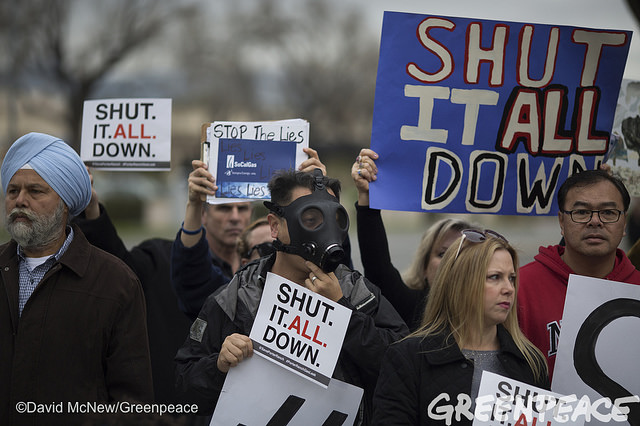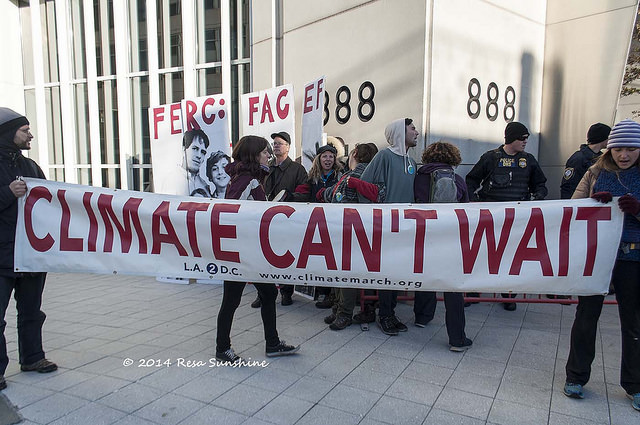Farmers in India are now using WhatsApp to network with customers. Santhosh Kittur and Abhijit Kamath, for example, grow pesticide-free vegetables using traditional farming techniques. But they have a very modern method of advertising their produce: an 80-member WhatsApp group that receives updates and photographs of the farm.
Members of the group can message Kittur and Kamarth to reserve specific vegetables. “First preference is given to the members of the group. The system has worked well for us, even financially,” Kittur commented.
The trend of using WhatsApp to connect farmers to customers is a result of rising demand for organic produce in India. An October report by the Agriculture Ministry exposed that the amount of vegetables, fruit, meat, and spices treated with pesticides over the legal maximum level had almost doubled since 2009.
“It is very hard to find chemical-free vegetables. We had stopped using cabbage, cauliflower, and brinjal [eggplant] after learning about their high chemical content,” said customer Shraddha Bagi. “When these farmers [Kittur and Kamath] supply fresh and safe vegetables right at our doorsteps, we should definitely encourage them. It’s come to such a point where we eagerly wait for their produce.”
WhatsApp has exceeded its role as an advertiser to become a support system for farmers. Over a hundred farmers from different villages are part of the group named Baliraja, which serves as a forum for the farmers to share advice and connect with experts.
“Farmers’ queries are getting answered quickly,” said the coordinator of another agricultural WhatsApp group.
Article via: Mashable, 11 February 2016
Photo: Woman Laughing with Hoe, Purna Wildlife Sanctuary by Adam Cohn [Creative Commons Attribution-NonCommercial-NoDerivs]




